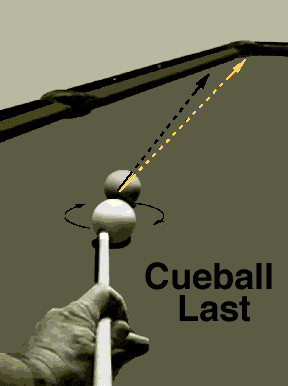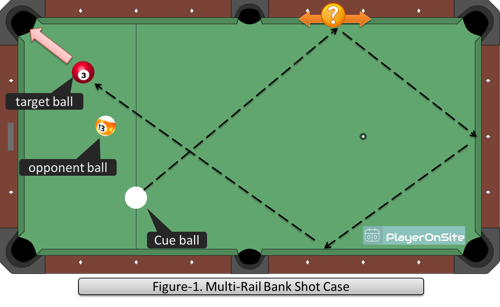
Despite not knowing the origin of the pool table's invention, it is undisputed that the game has been around for many years. The earliest record of the game dates back to 1500s Northern Europe. The game gained popularity with all ages. It has remained very popular in the United States over many years.
Originally, the game of pool was played on grass or a board with a hole in the middle. It was played with object balls that were numbered from one to fifteen. The game was similar, except that you pushed the ball and not struck it. People started using a wooden stick, called a "mace", to strike the ball in the 1600s.
The game was refined with the addition of a cue stick, a wooden hoop, and the balls. The game became extremely popular in Europe, and it spread to America. The game was popularized worldwide only after the Industrial Revolution.

While the history of the game isn't clear, it has been developed by many people. First, King Louis XI of France is credited with the invention of the indoor billiard table. The game also developed into a popular pastime in England, which grew in popularity after the Industrial Revolution. The French nobility were also fond of the game.
In the 1840s, the game quickly became a favorite sport and was brought to the United States. Billiards tournaments were organized throughout the United States by many of the first settlers. The game gained popularity in finer saloons because it was more affordable than the equipment.
The game's past was further complicated by the introduction of ivory as a material for ball. Original ivory was made from elephant tusks. Ivory became more popular in the 17th century, but it was not indestructible and tended to crack when struck with excessive force.
Ivory pool balls were replaced by a new ball material in the 1920s. This new ball material was made from a mixture of nitrocellulose and camphor, and it could explode when struck with extreme force.

This new ball material was called a composite ball. Although it wasn't as stable as ivory, the nitrocellulose was an affordable alternative. After some time, the stick was abandoned along with the hoop. A leather tip was added to the cue tip, which made it easier to hit balls.
The game developed and became popular in America in the late 1800s. In the late 1870s, John Wesley Hyatt, a billiards player, invented a ball made of camphor and nitrocellulose. This ball material was not stable and could explode when hit with extreme force.
Michael Phelan, an accomplished pool player, was also a key figure in the game’s development. Phelan's father emigrated from Ireland to the United States in 1883, and Michael followed him into the pool hall business. Phelan eventually wrote a book called pool which inspired a new generation.